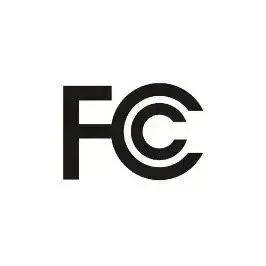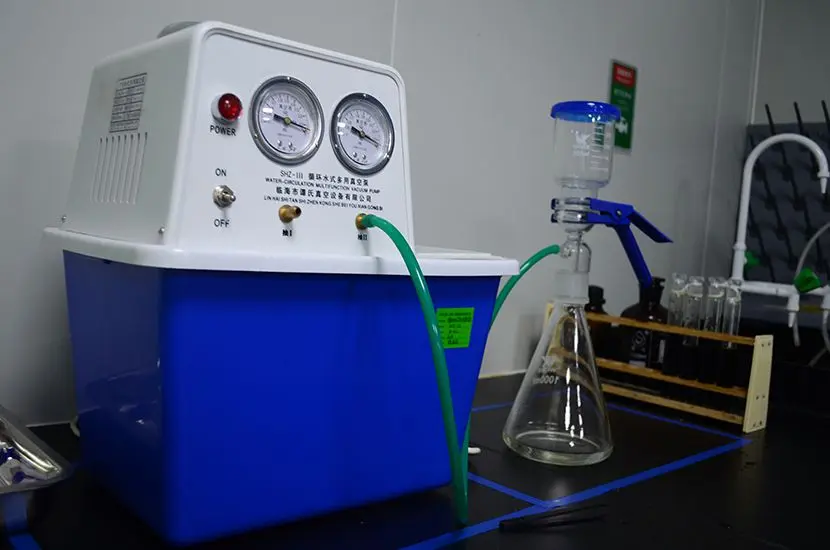
Does Your Product Need an FCC ID?
FCC certification is not “one-size-fits-all.”
The core rULe is simple: any product that transmits signals or energy via wireless radio frequency (RF)—such as Wi-Fi, Bluetooth, or 2.4GHz/5GHz bands—must obtain an fcc id.
This is the mandatory requirement for wireless devices entering the U.S. market.

Which products require an FCC ID?
In general, the following wireless categories fall under mandatory fcc id certification:
① Communication devices:mobile phones, tablets, Bluetooth headsets/speakers, walkie-talkies, and other products relying on wireless communication.
② Smart home devices:smart speakers (with Wi-Fi/Bluetooth control), wireless doorbells, smart plugs, and devices that operate through wireless connectivity.
③ Devices using specific RF bands:315MHz/433MHz security alarms, 2.4GHz/5GHz drones, wireless cameras, etc.
Products that do notrely on RF transmission—such as regular monitors, LED lamps, and wiRED headphones—do not need an FCC ID.
A quick rule of thumb: if the product actively transmits wireless signals, an FCC ID is required.
What’s the Difference Between FCC ID and sdoc?
Many companies confuse the FCC ID with the fcc sdoc.
Although both fall under the fcc compliance framework, they differ in scopeand process requirements.
FCC SDoC (Supplier’s Declaration of Conformity)
The SDoC applies mainly to unintentional radiators, such as monitors or electric drills.
These products do not actively transmit wireless signalsand do not send data or energy through RF.
Manufacturers only need to perform tests, keep the test reports, and sign a declaration of conformity.
No FCC authorization is required.
FCC ID
This is the mandatory certification for wireless transmitters.
Any device that uses RF transmission—such as Bluetooth earphones or Wi-Fi routers—must undergo strict review by an FCC-authorized TCB (Telecommunication Certification Body).
Only after approval can the device receive an FCC ID, which must be clearly marked on the product.
Compared with SDoC, the FCC ID process is more rigorous and is required for all wireless products entering the U.S. market.
FCC ID Application Process
As of 2025, the FCC ID process has been streamlined into five clear steps:
Step 1: Register Credentials (Build the Foundation)
Companies must register for a free FRN (FCC Registration Number)on the FCC website.
Next, apply for a 3–5 digit Grantee Code, which costs USD 60 and is typically approved within 3 business days.
The FRN and Grantee Code are essential for submitting future applications.
Step 2: Prepare Documentation (Technical Files Are Critical)
Required documents include:
① Electrical schematics (in Chinese & English)
② PCB layout diagrams
③ User manual (must specify wireless parameters such as frequency band and output power)
④ Label samples (FCC ID must be visible; label size ≥ 6mm × 12mm; usually placed on the product body or packaging)
⑤ Test reports from an FCC-recognized laboratory (covering RF performance, EMC, etc.)
Step 3: Sample Testing (Verify Performance)
Submit product samples to an FCC-recognized laboratory (such as JJR Labs with CNAS and FCC authorization).
Key tests include:
① RF performance (e.g., transmission power within limits)
② Electromagnetic compatibility (no harmful interference)
Testing typically takes 5–7 days. If the sample fails, the company must fix issues and retest.
Step 4: Review & Certification (TCB Approval)
Submit all materials to an FCC-authorized TCB.
Standard review time is about 60 days.
For urgent needs, expedited services are available (certificate issued in 10–15 days, with a 20–30% extra fee).
If the FCC asks for clarification, the company must reply within 15 days.
Upon approval, the company receives an official FCC ID certificate (format: Grantee Code + Product Code).
Any later changes to wireless parameters—such as frequency band or power—require re-certification.
Step 5: Compliance Maintenance (Long-Term Responsibility)
After obtaining the FCC ID:
① Certificates and test reports must be kept for 10 years
② Products, packaging, and manuals must clearly display the FCC ID
③ Missing or incorrect labels may result in fines up to USD 200,000and possible blacklisting by the FCC
FCC Certification Resumes: A Key Window for Companies
With the U.S. government reinstating FCC operations and clearing certification backlogs, the wireless export industry is rebounding.
For companies, now is a crucial window—ideal for submitting pending applications and catching the year-end sales season (Black Friday, Christmas, etc.).
A JJR Labs representative notes:
> “With policies recovering, FCC ID applications are expected to surge in November–December. Companies aiming to secure market share should start the certification process early. Understanding the rules and choosing an authorized, reputable lab is essential for smooth approval and successful entry into the U.S. market.”
Email:hello@jjrlab.com
Write your message here and send it to us
 Does Your Product Need an FCC ID?
Does Your Product Need an FCC ID?
 What Are the Battery Compliance Test Reports?
What Are the Battery Compliance Test Reports?
 Christmas Children’s Products EU & US Complian
Christmas Children’s Products EU & US Complian
 Food Packaging Material Testing
Food Packaging Material Testing
 Cosmetic Product Safety Report
Cosmetic Product Safety Report
 What is Prop 65 Warning?
What is Prop 65 Warning?
 Does RoHS Apply to Packaging?
Does RoHS Apply to Packaging?
 How to Get RoHS Compliance?
How to Get RoHS Compliance?
Leave us a message
24-hour online customer service at any time to respond, so that you worry!




